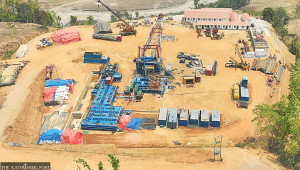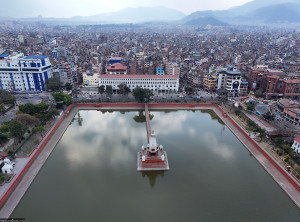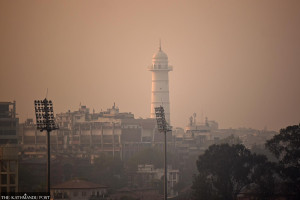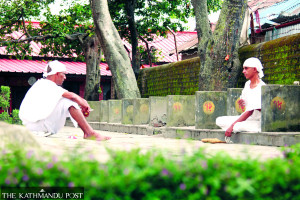Editorial
Beyond symbolic inclusion
Caste based discrimination is the elephant in the room that cant be ignored anymore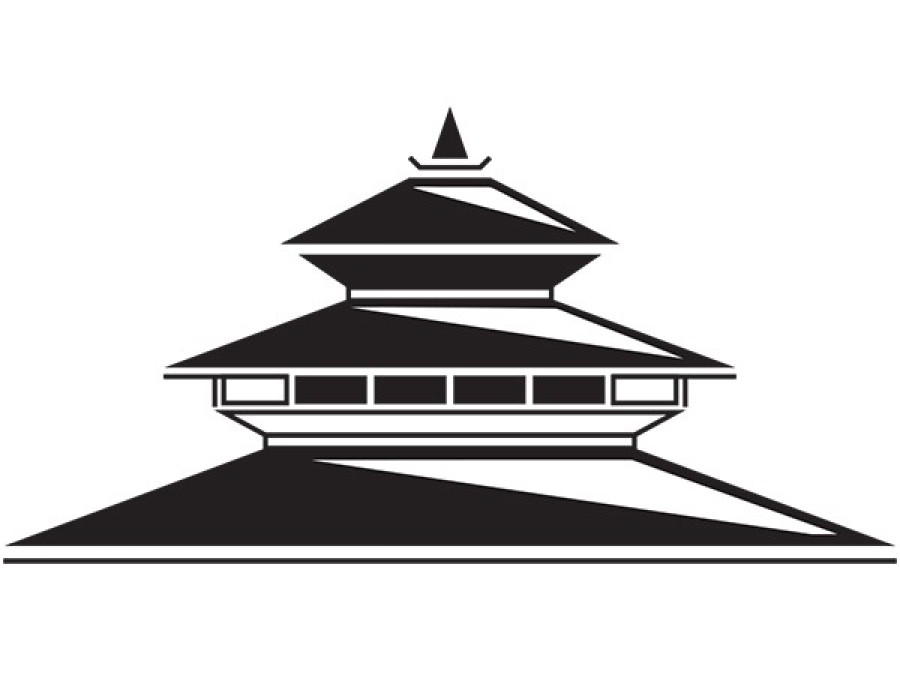
Kalu Devi Bishwokarma, Sanghiya Samajbadi Forum-Nepal parliamentarian from Kailali, on Monday took to the floor to inform the House about her ordeal finding a rental apartment in Kathmandu. The MP lamented that she failed to find a suitable apartment in the Capital for over a month because of the casteist and discriminatory mindset of the landlords she approached. It is jarring that over five decades after caste-based discrimination was criminalised, people from the Dalit community, including elected representatives, continue to suffer from various forms of bigotry and marginalisation.
According to the 2011 census, Dalits comprise 13.13 percent of the total population of Nepal, although this figure is often contested as researchers feel the figure is underreported. The political transition in Nepal after the 1990s, and especially after 2006, brought about many political and social changes, including bringing issues of identity and representation to the fore. However, the Dalits continue to feel excluded from political and social domains. In fact, Dalit representation has been negligible when compared to other marginalised groups such as the Madhesis and the Janajatis. Having had little political agency and tools for self-assertion in the past, when issues of inclusion were raised most vociferously, the Dalit voice got the least hearing in public debates. Being at the bottom of the caste hierarchy and patriarchy, Dalit women are the most discriminated and are often targets for witch-hunts and sexual violence. Members of the Dalit community are routinely denied job opportunities, education and social security, including housing and rental apartments.
Article 40 of the present constitution earmarks certain rights for the historically marginalised Dalits such as providing special provisions for their empowerment and representation. Dalit representation has certainly got some political momentum lately. Every ward now needs to have a Dalit woman representative member, and 13.8 percent of the total seats in Parliament has been allocated for the Dalits according to the Proportional Representation (PR) system. While there are laws in place, constitutional provisions and tokenistic social events such as ‘sahabhoj’, or co-dining, will amount to little as long as caste bias remains in a subterranean form.
Raising a voice against casteism and discrimination not only from institutional but also an individual level is the need of the hour. Robust check and balance mechanisms against discrimination, introducing awareness through school and college textbooks, and taking the politics of representation beyond mere tokenism are some of the ways in which the caste problem can be addressed to some extent. Unless there is a synchronic effort from the existing practices in the constitutional, political and cultural matrix, any substantial change in the deep-rooted forms of discrimination will remain a pipedream.




 19.43°C Kathmandu
19.43°C Kathmandu










